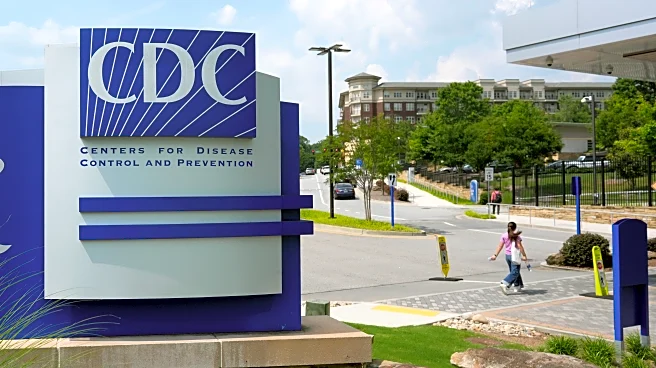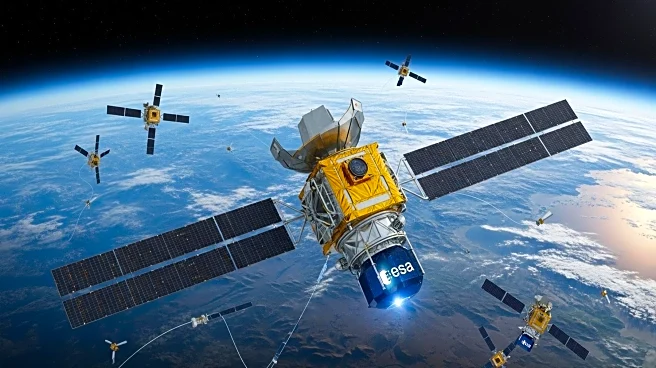Rapid Read • 6 min read
NASA scientists are working with officials in Prince George’s County, Maryland, to use satellite data to address summer heat risks. The collaboration involves analyzing surface temperature trends using data from the Landsat 8 and Aqua satellites. This information helps local planners and environmental experts understand how land use changes affect heat levels and develop strategies to mitigate heat dangers. The initiative aims to improve emergency preparedness for heat-related incidents and explore ways to reduce heat islands through urban planning.
AD
Excessive heat poses significant health risks, particularly in urban areas where heat islands can exacerbate temperatures. By leveraging NASA's satellite data, local governments can make informed decisions to protect residents from heat-related illnesses and improve overall public health. The collaboration highlights the potential for using advanced technology to address environmental challenges at the community level, offering a model for other regions facing similar issues.
Prince George’s County plans to continue using NASA data to track heat impacts and develop strategies to moderate temperatures. This may include preserving tree cover and replacing impermeable surfaces with alternatives that reduce heat retention. The county is also considering engaging residents as citizen scientists to collect ground-level temperature data, enhancing the accuracy of satellite observations.
AD
More Stories You Might Enjoy











